Introduction

In the realm of culinary delights, the combination of beef and mushrooms stands out as a timeless classic, offering a harmonious blend of textures and flavors that tantalize the taste buds. Among the myriad of mushroom varieties, enoki mushrooms (Flammulina velutipes) hold a special place due to their delicate texture, mild flavor, and nutritional benefits. When paired with tender slices of beef, especially the marbled and flavorful fatty beef known as “fatty beef” or “marbled beef” in culinary circles, the result is a dish that is both visually appealing and incredibly satisfying. This article aims to guide you through the process of crafting a perfect dish featuring beef and enoki mushrooms, from selecting the right ingredients to mastering the cooking techniques.
Section 1: Ingredient Selection
1 Beef Selection
The quality of your beef is paramount to the success of this dish. Look for cuts that are well-marbled, such as ribeye, strip steak, or even wagyu beef if you’re feeling indulgent. Marbling refers to the fine streaks of fat within the muscle, which melt during cooking, adding moisture, flavor, and tenderness to the meat. For this recipe, you’ll want to slice the beef thinly against the grain to ensure even cooking and maximum tenderness.
2 Enoki Mushrooms
Enoki mushrooms are characterized by their long, thin stems and small, white caps. They have a delicate flavor and a slightly crunchy texture when cooked properly. When selecting enoki mushrooms, look for clusters that are firm, white (or light brown for the mature variety), and free of slime or discoloration. Freshness is key; avoid mushrooms that smell musty or have soft, wilted stems.
3 Aromatics and Seasonings
To elevate the flavors of your beef and enoki mushroom dish, you’ll need a few aromatic ingredients and seasonings. Garlic, ginger, and scallions are traditional companions in Asian cuisine, providing a base of savory and slightly sweet notes. For seasoning, soy sauce, mirin (a sweet rice wine), sesame oil, and black pepper will add depth and complexity. Don’t overlook the importance of a good quality salt; it enhances the natural flavors of the ingredients.
Section 2: Preparation Techniques
1 Preparing the Beef
Begin by slicing your beef into thin strips or pieces, depending on your preference. It’s crucial to slice against the grain of the meat, which means cutting perpendicular to the muscle fibers. This technique makes the beef more tender by shortening the fibers, allowing them to cook more evenly and quickly. Once sliced, marinate the beef in a mixture of soy sauce, a splash of mirin, a pinch of sugar, and a dash of sesame oil for at least 30 minutes. This marinade will infuse the beef with flavor and help it retain moisture during cooking.
2 Preparing the Enoki Mushrooms
Enoki mushrooms come in clusters, often attached at the base. Gently separate the mushrooms into individual strands, trimming off any tough or discolored ends. Rinse them under cold running water, but handle them delicately to avoid breaking the fragile stems. Pat the mushrooms dry using paper towels to remove excess moisture, as this will help them cook more evenly and prevent sogginess.
3 Aromatics and Sauce Preparation
While the beef and mushrooms are preparing, finely chop garlic, ginger, and scallions. Combine these aromatics with additional soy sauce, mirin, a small amount of water or broth, and a touch of cornstarch to create a light sauce. The cornstarch will help thicken the sauce slightly, giving it a glossy finish that coats the ingredients beautifully.
Section 3: Cooking the Dish
1 Heating the Pan
Preheat your skillet or wok over medium-high heat. Add a tablespoon of vegetable oil or a blend of sesame and vegetable oil for added flavor. The oil should be hot but not smoking before adding the ingredients.
2 Stir-Frying the Aromatics
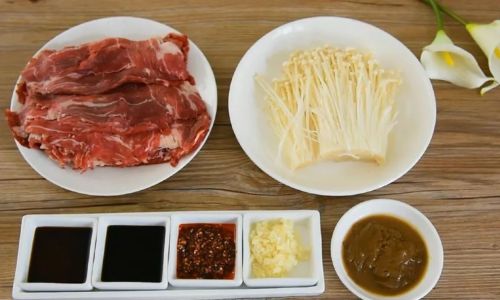
Once the oil is hot, add the chopped garlic, ginger, and a portion of the scallions (reserve some for garnish). Stir-fry for about 30 seconds until fragrant but not burnt. This step is crucial as it releases the essential oils and flavors of the aromatics, creating the foundation of your dish.
3 Cooking the Beef
Remove the beef from the marinade, allowing excess liquid to drip off (reserve the marinade for later use). Add the beef to the hot pan in a single layer, avoiding overcrowding. Stir-fry for about 1-2 minutes, until the beef is browned on the outside but still slightly pink in the center for medium-rare doneness. If you prefer your beef cooked through, cook for an additional minute or so. Remove the beef from the pan and set it aside on a plate.
4 Cooking the Enoki Mushrooms
In the same pan, add the enoki mushrooms, spreading them out evenly. Stir-fry for about 2 minutes, until they begin to soften and turn a lighter shade of brown. The mushrooms should still have some crunch; overcooking will make them mushy.
5 Combining Ingredients and Finishing the Sauce
Return the beef to the pan with the mushrooms. Pour in the prepared sauce mixture, including any reserved marinade, stirring gently to combine. Cook for another 1-2 minutes, allowing the sauce to thicken and coat the ingredients evenly. Taste and adjust the seasoning with additional soy sauce, salt, or pepper if necessary.
6 Serving
Transfer the beef and enoki mushroom stir-fry to a serving dish, garnishing with the reserved scallions and a drizzle of sesame oil for added fragrance. Serve immediately while hot, accompanied by steamed rice, noodles, or your choice of sides.
Section 4: Tips and Variations
1 Adjusting Cooking Times
The cooking times provided are guidelines; adjust them based on the thickness of your beef slices and the desired doneness. Remember, beef continues to cook slightly after being removed from the heat.
2 Adding Vegetables
For a more colorful and nutritious dish, consider adding bell peppers, snap peas, or baby corn towards the end of cooking. These vegetables will add crunch and additional nutrients without overcooking.
3 Experimenting with Flavors
Feel free to experiment with different seasonings and ingredients. A splash of oyster sauce or a pinch of chili flakes can add new layers of flavor to your dish.
Conclusion
Cooking beef and enoki mushrooms is a delightful way to explore the interplay of textures and flavors in Asian cuisine. By carefully selecting your ingredients, preparing them thoughtfully, and mastering the cooking techniques, you can create a dish that is both visually stunning and deeply satisfying. This recipe is versatile and can be adapted to suit your personal preferences, making it an excellent choice for both everyday meals and special occasions. Whether you’re a seasoned chef or a culinary novice, the journey of crafting a perfect beef and enoki mushroom dish is sure to be both rewarding and enjoyable. Happy cooking!
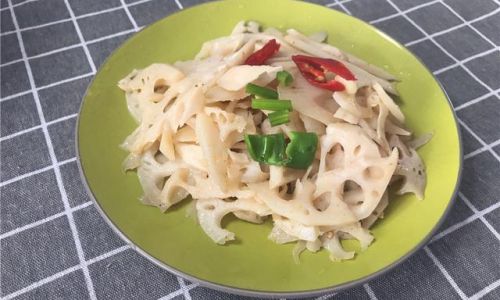
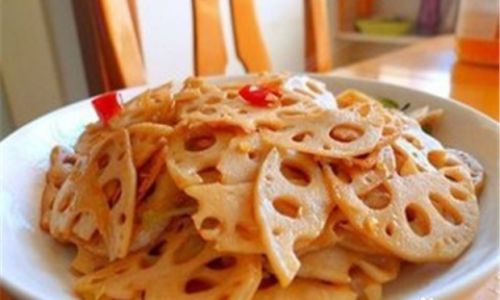
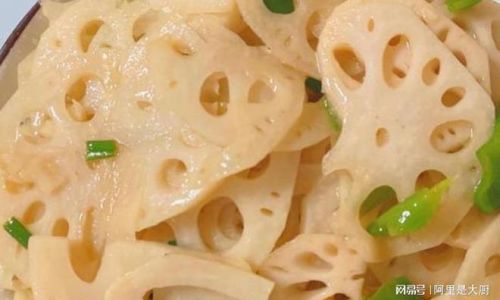
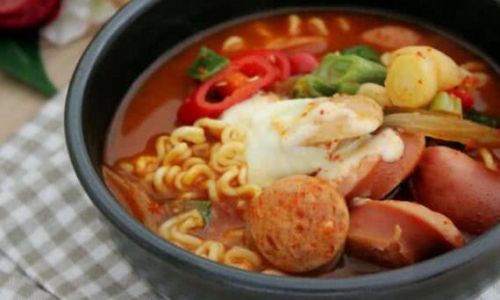
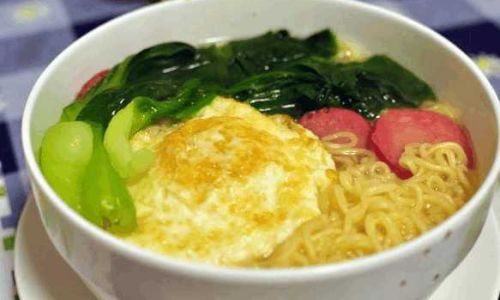
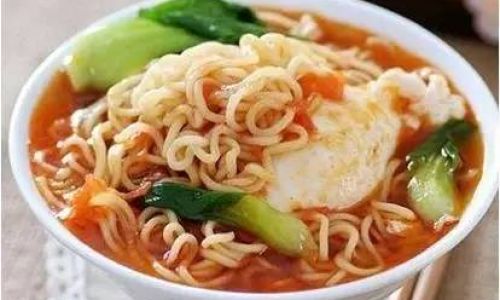
0 comments